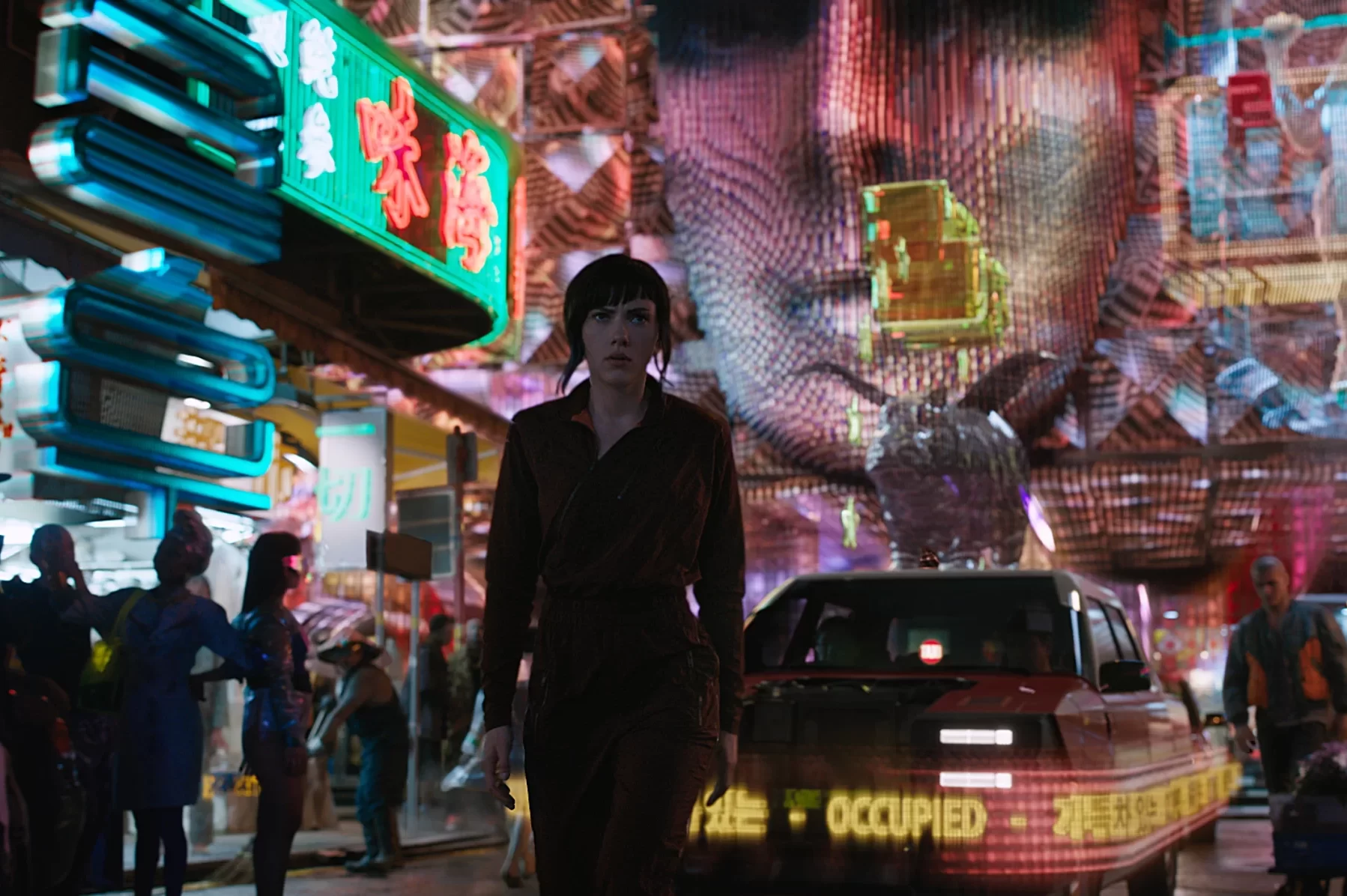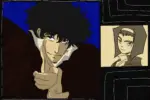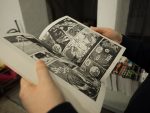It can be very easy, but also very annoying, to be a fan of anime in the United States. The resources are plentiful online and any existing stigma is not as bad as it once was, but there are still many challenges fans of anime may face. There’s the West’s misconception that animation is either brain-melting kiddy content or crude adult fanfare, the toxic fanbases and the negativity directed toward the art form in general. And of course, the one glaring issue that never fails to disappoint: bad live-action adaptations.
It doesn’t matter how old a given property is, what the intended demographic is, or how prevalent any given piece is in the cultural zeitgeist — live action adaptations of animation, especially anime, are bad. It’s rare for any of these adaptations to be considered good, let alone as good as their source material. They are more often than not puzzling, embarrassing, annoying, infuriating and above all, unnecessary.
What is perhaps most mind-boggling is trying to rationalize why they keep getting made. Yes, they tend to be commercially successful, but their critical reception is anything but. Most of these live-action adaptations are widely considered to be the worst television shows and films in recent film and TV histotry, and have built up their own stigma. Unfortunately, the opinions of critics and anime fans don’t have much impact on whether or not these films and television shows get made, as long as they keep making money.
Hollywood knows that established properties make pretty good money at the box office. This isn’t anything new, as books and plays have been adapted to movies since their conception — the first Shakespearean film was made all the way back in 1899. However, when considering how the explosion of streaming websites like Netflix and Hulu affected movie theater turnout, it’s no wonder that executives go for the safe bet of producing pre-established works.
All someone has to do for confirmation is look at Disney’s live action remakes of their animated classics. The recent onslaught of remakes in the Mouse’s catalog has garnered the media titan obscene profits, but these copy-paste remakes manage to leave little to no cultural impact in their wake. However, most people have caught on to these movies being nothing more than soulless cash grabs. If only people could echo that sentiment when it comes to live-action anime adaptations.
So many trash adaptations of anime have come out in the past two decades, it almost looks like it’s going out of style. “Dragonball Evolution,” “Attack on Titan,” “Ghost in the Shell,” “Speed Racer,” Netflix’s “Death Note” and “Cowboy BeBop” — must the list continue? (This list does not contain “The Last Airbender” as the original television show is technically not an anime, but the movie is still trash). If it weren’t for their poor quality, the one characteristic that would most definitely link them all together would be this: their lack of animation.
Animation in film and television is perhaps the closest humans can get to being omnipotent. In the right hands, nearly anything can be achieved, not just through storytelling, but also through style, character design, movement, editing, lighting, transitions and literally just anything else that is visual. The joy animation brings comes not from the fact that it’s for kids, or has a good story or even is crude and immature, but just the fact that it’s animated. When that’s taken away the problem is not just that you remove a large portion of what made something good, but also in having to accommodate for the limitations of real-life.
One of the benefits of animation is that the forces of physics, aging and laws of motion are optional — they can be drawn if so desired, but are unavoidable in live action. The smooth, musical fights of the original “Cowboy BeBop” are stiff and awkward in the Netflix remake; the flying, jumping and falling look phony in “Dragonball Evolution” compared to its animated counterpart; the rubbery superpowers of Monkey D. Luffy in “One Piece” are going to look incredibly stupid in Netflix’s upcoming attempt.
Inevitably, someone will suggest using CGI in response to this criticism to keep it live-action. Guess what! CGI IS ANIMATION! Computer-generated imagery is technically just a fancy way of saying “drawn with computers.” It’s truly baffling that people who don’t like cartoons or anime because they’re animated will scarf down hour-after-hour of the Marvel Cinematic Universe. Yes, they’re set against live-action backgrounds in a realistic setting, but so are the dancing penguins in “Mary Poppins.” They’re animated, it’s animated, that’s it! Even if the lack of total animation, the negative effects of weight and motion and the overuse of CGI weren’t issues, there are still bad choices being made left and right.
There’s character assassination, like Goku from “Dragon Ball” going from a dumb but loveable kid who’s freakishly strong to a whiny teacher who only seems to be motivated by revenge and hormones in the remake. There’s the West’s issue of over-explaining things, like explaining why L in Netflix’s “Death Note” always eats candy but not explaining why the demon likes apples. And of course, there’s the overall white-washing of the medium. However, while the list could go on and on, it still doesn’t live up to the main problem of both Hollywood’s overall lack of faith and interest in animation of any kind.
It truly seems that animation — in the West at least — isn’t commonly seen as the highly artistic form of storytelling it is. All one has to do is to look at the films that didn’t win the Academy Award for Best Animated Feature, whether they were nominated or not. Animation, especially anime, shouldn’t be discredited as a whole because of its medium, or because it is deemed weird or unconventional. If someone wants to get into stories and characters that originated in anime, live-action adaptations are simply not the way to do it.

















